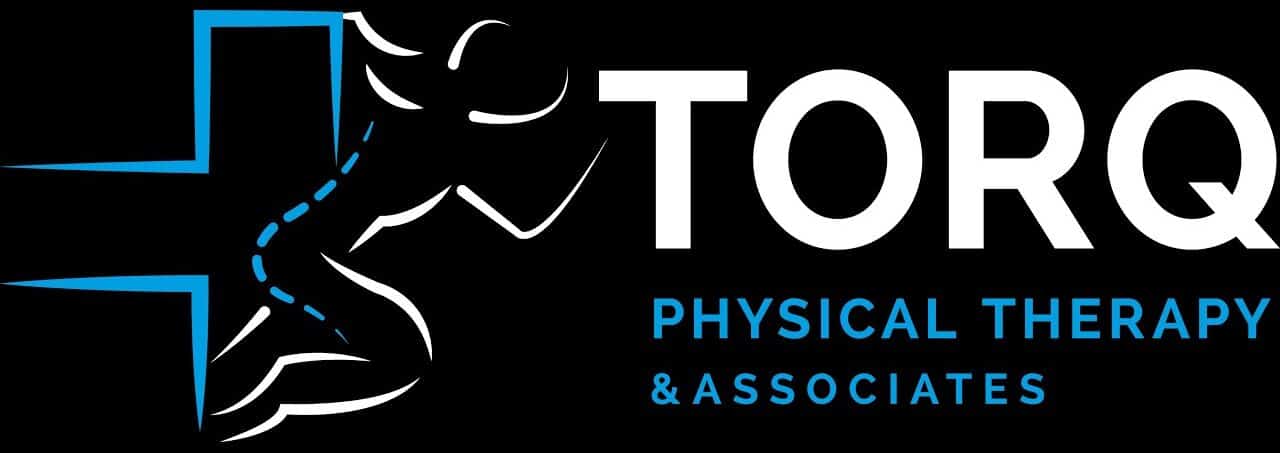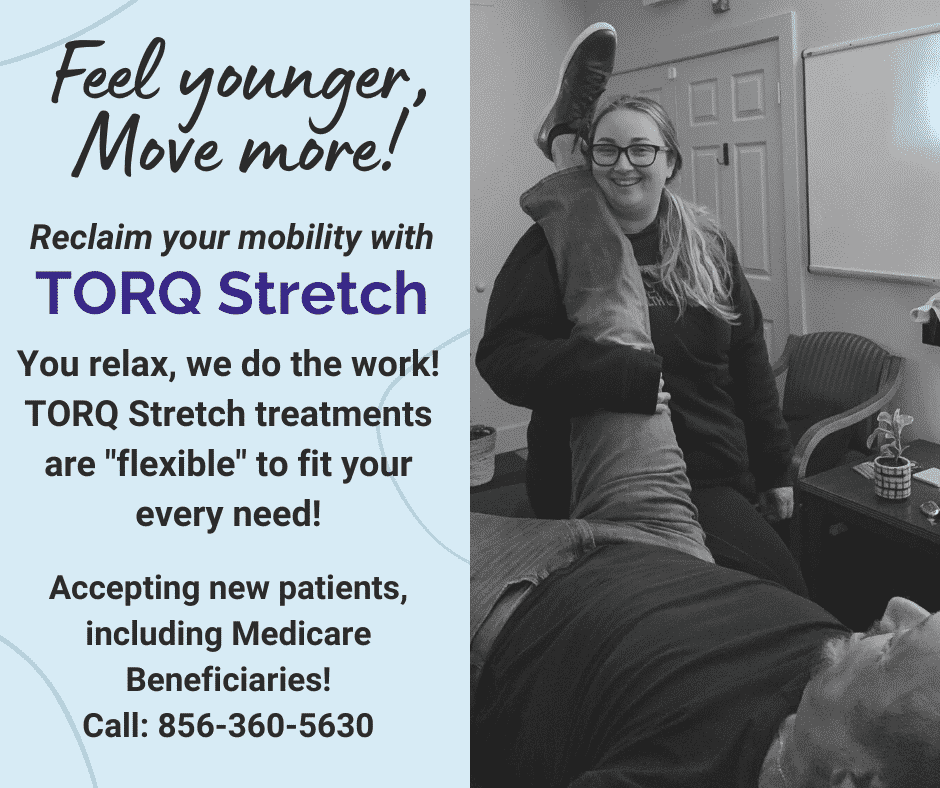What is diabetes?
Are you familiar with this condition? Here is a quick rundown: diabetes is a chronic health condition that affects how the body converts food into energy. The food you consume is broken down into sugar and is released into the bloodstream. When blood sugar levels increase, the pancreas releases insulin. Insulin is a hormone that has an important role, it helps the sugar in your blood enter cells in your body to be used for energy.
For more detailed information about the different types of diabetes and methods of management, you can refer to the American Diabetes Association or the Centers for Disease Control and Prevention for access to in-depth resources and articles.
Keep an eye on those Blood Sugar levels
Monitoring blood sugar is an important part of managing diabetes. One test your doctor will use to diagnose diabetes (and also use to monitor how well treatment is working long-term) is called the A1C test. Exercising on a regular basis can lower your A1C in the long run! Blood sugar levels can be monitored daily using a device to identify if blood sugar is too high (hyperglycemia) or too low (hypoglycemia).
What factors affect blood sugar levels?
Factors that can increase blood sugar levels include:
- Eating a snack or a meal containing more carbohydrates
- Inactivity/sedentary lifestyle
- Mental stress
Factors that can decrease blood sugar levels include:
- Eating a snack or a meal with fewer carbohydrates
- Participating in physical activity
- Missing a snack or a meal
Options for your exercise routine
Did you know there are several types of exercise and your body will respond to each type differently? Let’s talk about two important types of physical activity and your body’s response to each.
Aerobic Exercise is moderate intensity activity sustained for a longer period of time. In response to aerobic exercise, the body lowers blood sugar levels, improves its ability to process insulin, improves cardiovascular endurance, increases metabolism, and decreases blood pressure for those with type 2 diabetes. Examples of aerobic exercise include walking, hiking, biking, water aerobics, or using an elliptical machine. Aim for approximately 150 minutes of moderate intensity aerobic activity per week.
Anaerobic exercise is high intensity activity performed within a short period of time. In response to anaerobic exercise, the body builds muscle mass and enhances power output, which leads to improvements in blood sugar control and more effective use of insulin. Examples of anaerobic exercise includes resistance training (lifting weights, bodyweight exercises, or resistance bands), sprinting, or climbing stairs.
Consider consulting with a physical therapist to help you design an effective exercise routine. Physical Therapists are a valuable resource because their clinical training equips them with knowledge about your chronic condition, and they can create an individualized program that is safe, effective, and geared towards helping you achieve your goals!
Where should you start?
Make a goal! Set yourself up for success by picking specific, meaningful, and realistic goals to help you stay committed to being physically active in the long run.
Start small, then gradually increase your activity. For example, if your goal is to walk for 30 minutes a day, but you can’t tolerate walking for that long in the beginning, it’s okay! Start out by walking for 10 minutes, then gradually build up your time each week to reach that 30-minute goal.
Incorporate different types of exercise into your routine to maximize the benefits of your workout- this is where a consultation with a physical therapist comes in handy!
Important things to consider when you are exercising
Have a conversation with your doctor before starting physical activity, as exercise can impact the medications you may be taking
Check your blood sugar before, during, and after physical activity. This is especially important if you are taking insulin. If your blood sugar is below 100 mg/dL, you may need to eat a fast-acting carbohydrate (15 to 20 grams). If your blood sugar is above 240 mg/dL (hyperglycemia), it may be unsafe to participate in exercise when blood sugar is this high.
Wear cotton socks and appropriately fitted athletic shoes to protect your feet and minimize the risk of developing sores, blisters, or cuts.
Last but certainly not least, always stay hydrated!
Let's Summarize!
Physical activity is an important part of managing diabetes! Combine different types of physical activity into your routine. If you are unsure what types of exercises are best for you, consider consulting with a physical therapist.
Benefits of physical activity include better control of blood sugar levels, improvements in cardiovascular health, and reduced stress.
Monitor your blood sugar levels before, during, and after participating in physical activity.


